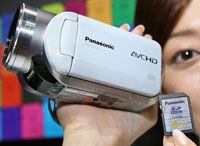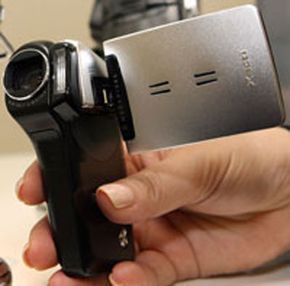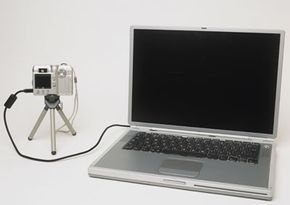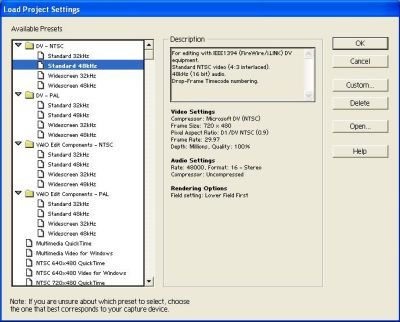There's nothing like popping in an old home movie and reliving great memories. True, you could probably do without some of the memories. But if such milestones must go on record, don't you think that Kodak moment of you falling down the stairs on the first day of high school would look so much better in high definition? High-definition (HD) camcorders make that possible.
Although the first HD camcorders were bulky and expensive, improvements in technology have brought the price range and size down to manageable levels. You can now buy good quality HD camcorders for less than $700, and some will even fit in the palm of your hand.
Advertisement
Like the HDTVs before them, HD camcorders represent a significant step up from their conventional digital counterparts. As the article How HDTV Works explains, high-definition digital technology produces better quality pictures and sound than standard digital and analog do. Even the best standard signals can only display a maximum frame size of 576 lines of pixels (the tiny dots that make up an image), whereas full HD resolution displays 1,920 lines, producing pictures with much more clarity and detail. Now when you film the birth of your baby boy, you'll actually be able to see the individual hairs waving on his head.
Before you put on your director's cap, though, you'll have to navigate through the maze of HD camcorders available. In this article, you'll learn which HD camcorder might be best for you by learning about the different models available. Find out what to consider when shopping for one of these devices next.
Advertisement





